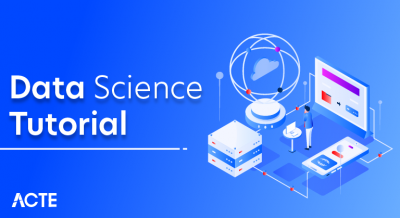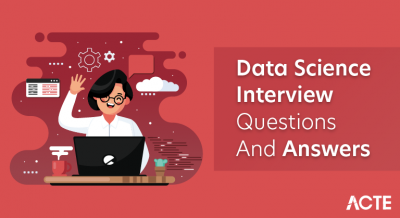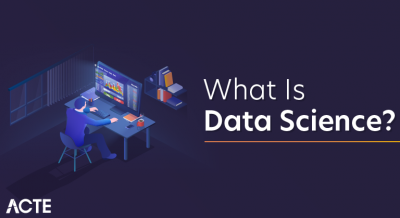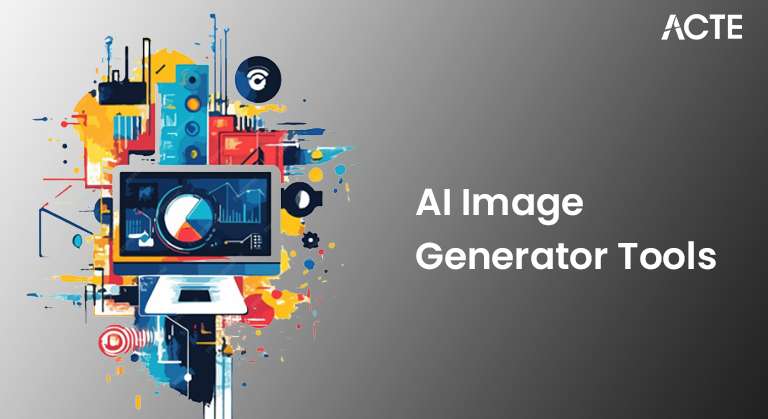
- Introduction to AI Image Generators
- Top AI Image Generator Tools (DALL·E, MidJourney, Stable Diffusion)
- How AI Image Generation Works
- Text-to-Image vs. Image-to-Image Generation
- Customizing AI-Generated Images
- AI for Photo Editing and Enhancement
- . AI Image Generators for Businesses
- AI in 3D Image Generation
- Free vs. Paid AI Image Generators
- Legal Issues and Copyright Concerns
- Future of AI Image Generation
Introduction to AI Image Generators
AI image generators are cutting-edge machine learning models designed to create or modify visuals based on text prompts. These systems leverage advanced deep learning methods such as generative adversarial networks (GANs), diffusion models, and transformers to produce highly realistic and imaginative images. As part of the broader field explored in Data Science Training, these tools have transformed industries like design, marketing, entertainment, and art by streamlining the creation of customizable visual content. Platforms like DALL·E, MidJourney, and Stable Diffusion allow users to generate striking, original imagery from simple text, pushing the boundaries of digital creativity. With ongoing innovation, AI image generation continues to become more powerful, accessible, and affordable, unlocking new potential for creators and businesses alike.
Eager to Acquire Your Data Science Certification? View The Data Science Course Offered By ACTE Right Now!
Top AI Image Generator Tools (DALL·E, MidJourney, Stable Diffusion)
The AI image generation landscape features several powerful tools, each with unique capabilities:
1.DALL·E (by OpenAI)- Technology: Uses a transformer-based model trained on diverse datasets.
- Capabilities: Generates creative, high-resolution images from text prompts.
- Applications: illustration, marketing, and concept design.
- Strength: Realistic image quality and detailed compositions. 2.MidJourney
- Technology: Uses a proprietary diffusion model.
- Capabilities: Generates artistic, abstract, and stylized images.
- Applications: concept art, creative visualizations, and digital art.
- Strength: A key strength of Artificial Intelligence lies in its flexibility, fine-tuning capabilities, and wide range of customization options. 3.Stable Diffusion
- Technology: Latent diffusion model (LDM) architecture.
- Capabilities: Open-source, text-to-image generation with customizable parameters.
- Applications: image enhancement, content creation, and experimentation.
- Strength: Flexibility, fine-tuning, and customization options.
These tools offer varying levels of customization, style diversity, and control, making them suitable for different creative and business needs.
How AI Image Generation Works
AI image generators rely on deep learning models trained on massive datasets of images and text. The core process involves
1.Data Collection and Training:- The models are trained on large-scale datasets (e.g., LAION-5B). for Stable Diffusion) containing text-image pairs.
- The models learn relationships between text prompts and visual patterns. 2.Text-to-Image Synthesis:
- Users provide a text prompt describing the desired image.
- The model interprets the prompt and generates visual content.
- Diffusion models add noise to an image and iteratively refine it a process that reflects the evolving complexity of AI systems, similar to trends explored in Career Opportunities in Cybersecurity. 3.Image Refinement:
- AI refines the image through multiple iterations, enhancing details and textures.
- Upscaling techniques improve image resolution and quality.
The final output is a realistic or artistic image matching the prompt’s description.
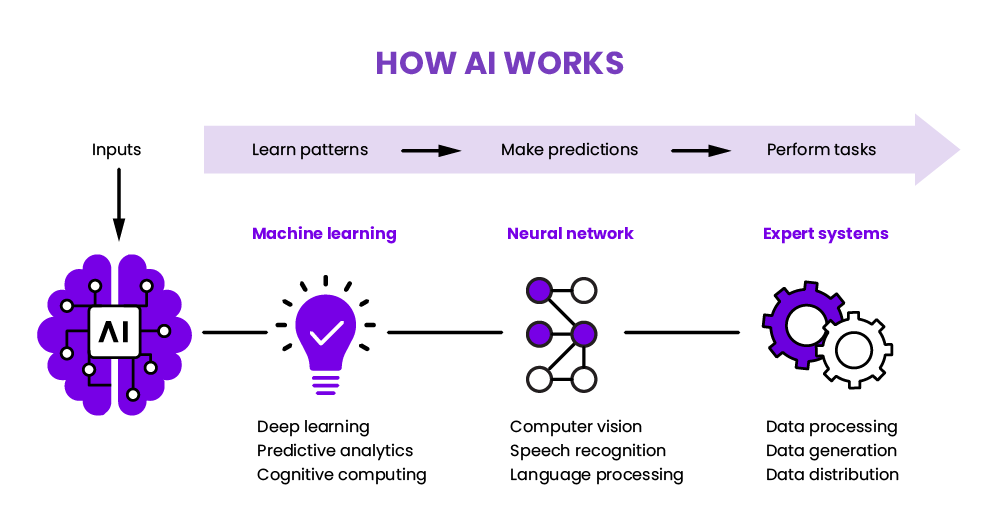
Text-to-Image vs. Image-to-Image Generation
AI image generators support two primary methods of content creation:
1.Text-to-Image Generation:- The model creates an image from a textual description.
- Example: “A futuristic city skyline at sunset with flying cars.”
- Applications: Digital art, concept design, and content creation are being transformed by innovations explored in Data Science Training. 2.Image-to-Image Generation:
- Modifies or enhances existing images.
- Users can provide reference images and apply style transformations.
- Applications: Photo editing, upscaling, and artistic filtering.
- Crafting detailed prompts improves image accuracy and quality.
- Use descriptive language (e.g., colors, styles, lighting) for better results. 2.Style Control:
- Specify artistic styles (e.g., watercolor, oil painting, cyberpunk).
- Tools like Stable Diffusion allow users to apply consistent styles across images. 3.Parameter Tuning:
- Adjust settings likeguidance scale and sampling steps to fine-tune the output.
- Higher guidance values create more precise images but may reduce creativity. 4.Post-Processing:
- Use external tools (e.g., Photoshop) for further refinements.
- Apply color grading, sharpening, or background removal for polishing.
- Remove blemishes, smooth skin, and enhance facial features.
- Tools like Remini and Let’s Enhance automate retouching. 2.Upscaling and Super-Resolution:
- AI-powered upscaling improves image quality without losing detail.
- Applications: Enlarging low-resolution images for print or web. 3.Style Transfer:
- Apply specific artistic styles to photos.
- Example: Converting a portrait into a Van Gogh-style painting. 4.Background Removal:
- AI quickly isolates subjects and removes backgrounds.
- Applications: Applications like e-commerce product photography are increasingly benefiting from secure and innovative technologies, many of which are covered in Cybersecurity Certifications.
- AI can create realistic but false images, leading to misinformation.
- Example: Fake political images or celebrity photos. 2.Copyright Infringement:
- Some AI models are trained on copyrighted content, raising legal issues.
- Artists are concerned about their work being used without consent. 3.Bias and Representation Issues:
- AI models may produce biased or stereotypical images.
- Datasets with limited diversity can reinforce social biases. 4.Privacy Concerns:
- Generating AI versions of real individuals could infringe on privacy.
- Face-swapping technology may be misused for identity theft.
- AI-generated visuals reduce the need for stock photos.
- Custom graphics for social media, ads, and content marketing. 2.Product Design and Prototyping:
- Visualize product concepts quickly with AI-generated mockups.
- Faster iteration cycles for creative teams. 3.Branding and Visual Identity:
- Generate consistent visual themes and custom logos.
- AI-assisted design tools streamline branding efforts. 4.E-commerce and Fashion:
- AI-generated fashion models and virtual try-ons.
- Product image enhancement and background removal.
- Tools like DreamFusion and OpenAI’s Point-E generate 3D models from text descriptions.
- Applications: Game development, VR, and animation. 2. 3D Scene Generation:
- AI generates complete 3D environments from simple prompts.
- Used in architecture, gaming, and movie production. 3. 3D Rendering and Animation:
- AI-enhanced rendering speeds up the production of realistic animations.
- Example: NVIDIA Omniverse for 3D design collaboration.
- Craiyon: Basic text-to-image generation.
- Deep Dream Generator: Artistic transformations.
- Limitations: Lower resolution, fewer customization options. Paid AI Generators:
- MidJourney and DALL·E: High-quality image generation with more customization.
- Stable Diffusion Pro: Premium features for fine-tuning and higher resolution.
- Advantages: Enhanced quality, faster generation, and priority access.
- AI models trained on copyrighted images may create derivative works.
- Ongoing debates on whether AI-generated images are legally protected often intersect with broader digital security concerns, including topics like Network Security Keys. 2.Ownership and Attribution:
- Determining ownership of AI-generated images is legally ambiguous.
- Current laws lack clarity on AI-created content.
- Faster rendering speeds for live design creation. 2.Multimodal AI:
- Integration of text, image, and audio into cohesive multimedia content. 3.Improved Accuracy and Realism:
- Enhanced AI realism with fewer distortions. 4.Ethical AI Practices:
- Better regulations and copyright protections.
Text-to-image generation is ideal for creating unique visuals, while image-to-image excels at refinement, enhancement, and style transformation.
Excited to Obtaining Your Data Science Certificate? View The Data Science Training Offered By ACTE Right Now!
Customizing AI-Generated Images
AI image generators offer various customization options:
1.Prompt Engineering:Customization enhances image uniqueness and aligns it with creative visions.
Interested in Pursuing Data Science Master’s Program? Enroll For Data Science Master Course Today!
AI for Photo Editing and Enhancement
AI image generators are transforming photo editing and enhancement with:
1.Automatic Image Retouching:AI streamlines complex editing tasks, saving time and effort.
Ethical Concerns in AI Image Generation
AI image generation raises several ethical challenges:
1.Misinformation and Deepfakes:Addressing these issues requires clear regulations and responsible AI usage.
Preparing for a Data Science Job Interview? Check Out Our Blog on Data Science Interview Questions & Answer
AI Image Generators for Businesses
AI image generation offers significant benefits for businesses:
1.Marketing and Advertising:AI in 3D Image Generation
AI is expanding into 3D image generation, enabling the creation of three-dimensional models from text prompts a breakthrough that’s closely tied to advancements covered in Data Science Training.
1. Text-to-3D Models: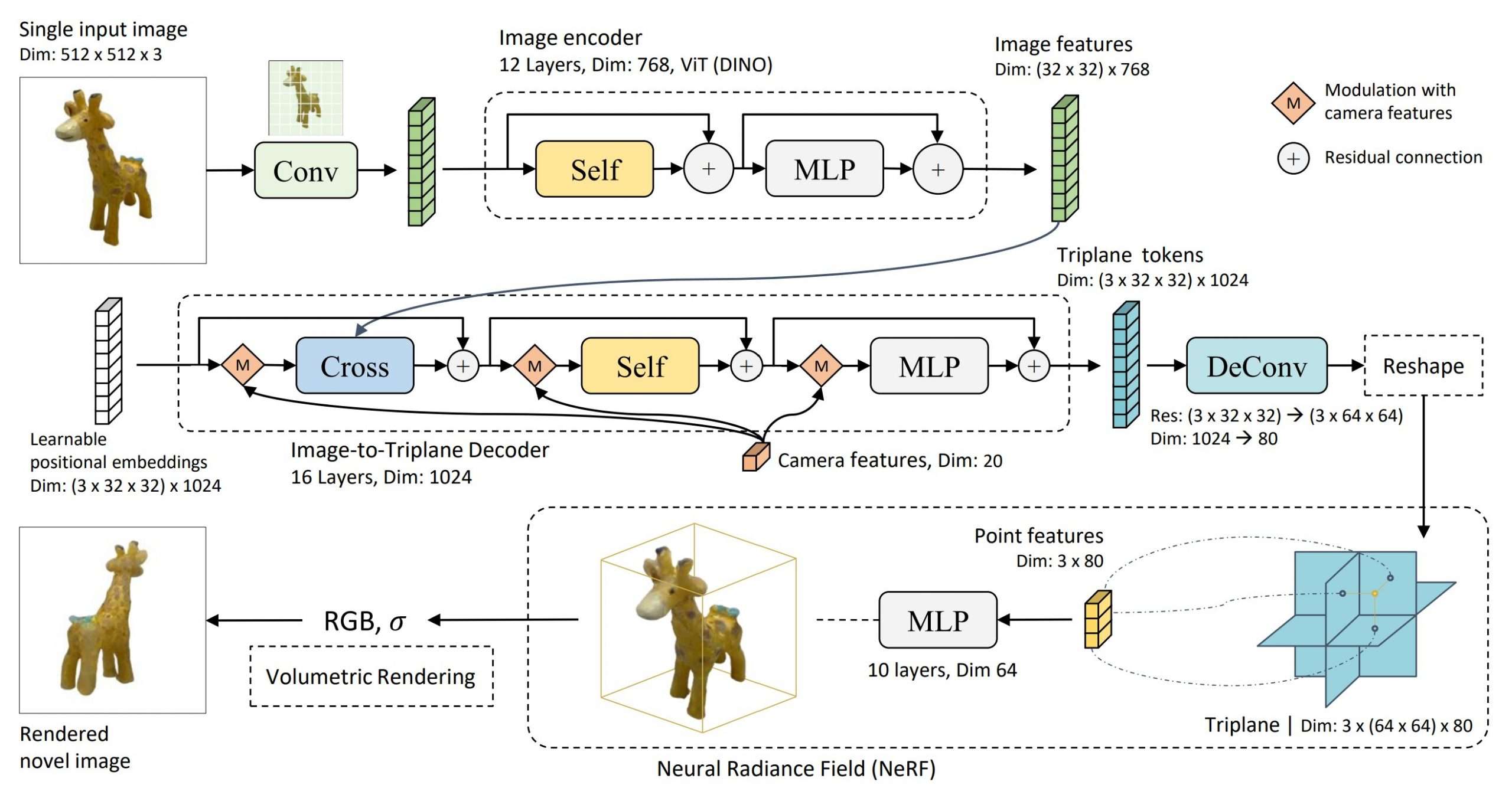
Free vs. Paid AI Image Generators
Free AI Generators:Legal Issues and Copyright Concerns
AI image generation raises complex copyright challenges:
1.Model Training on Copyrighted Content:Future of AI Image Generation
The future of AI image generation holds exciting possibilities:
1.Real-Time Image Generation:AI image generators will continue transforming art, business, and digital content creation.


